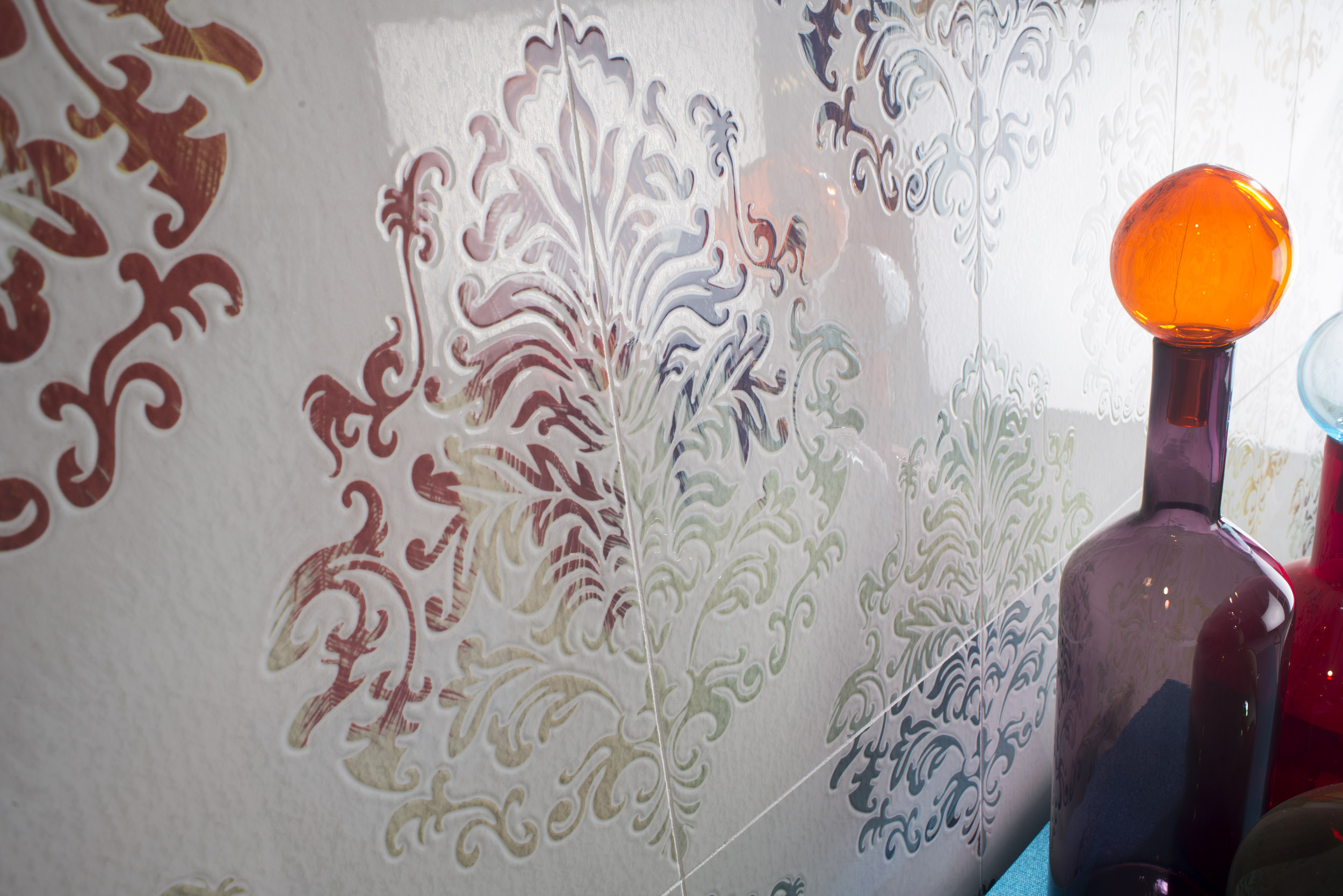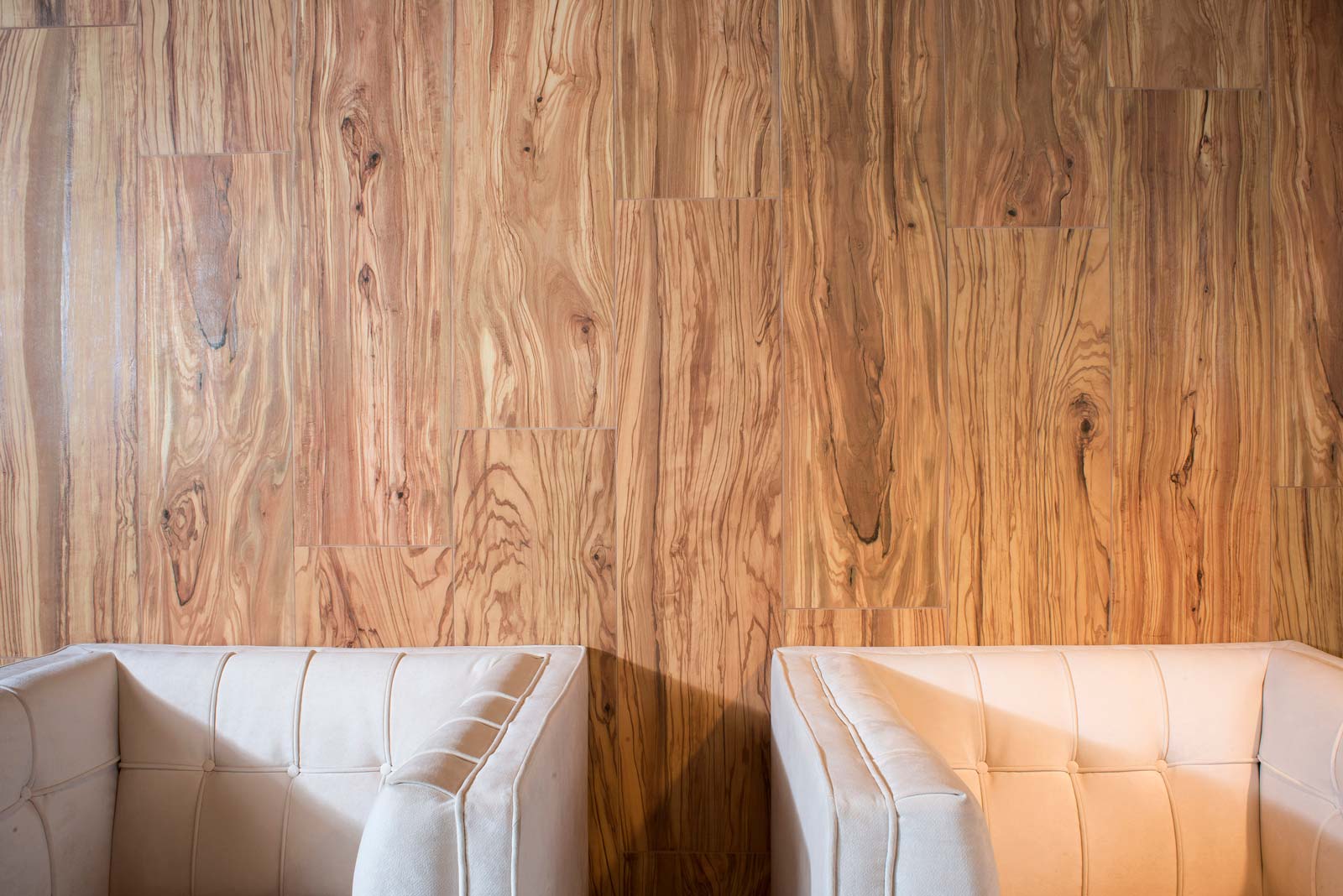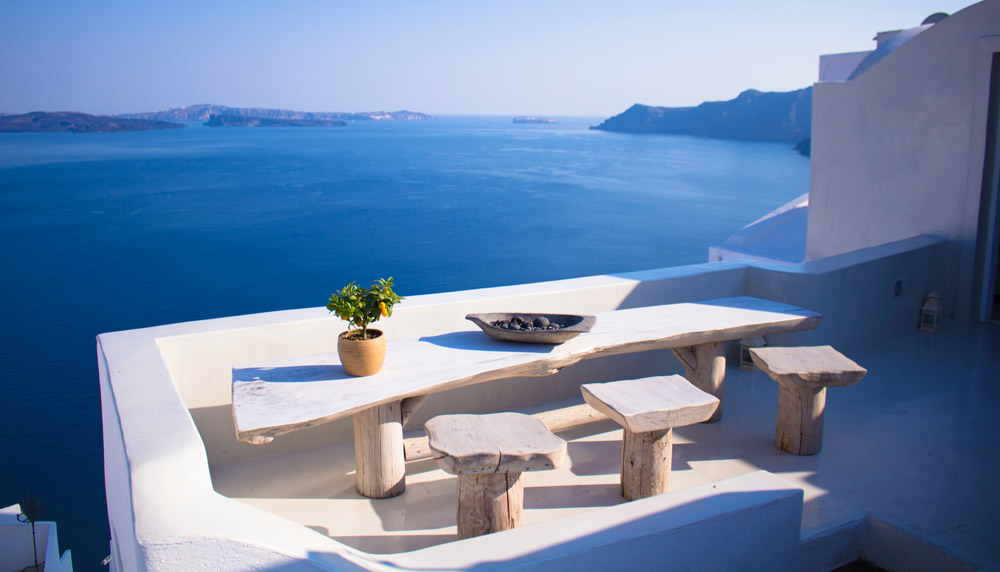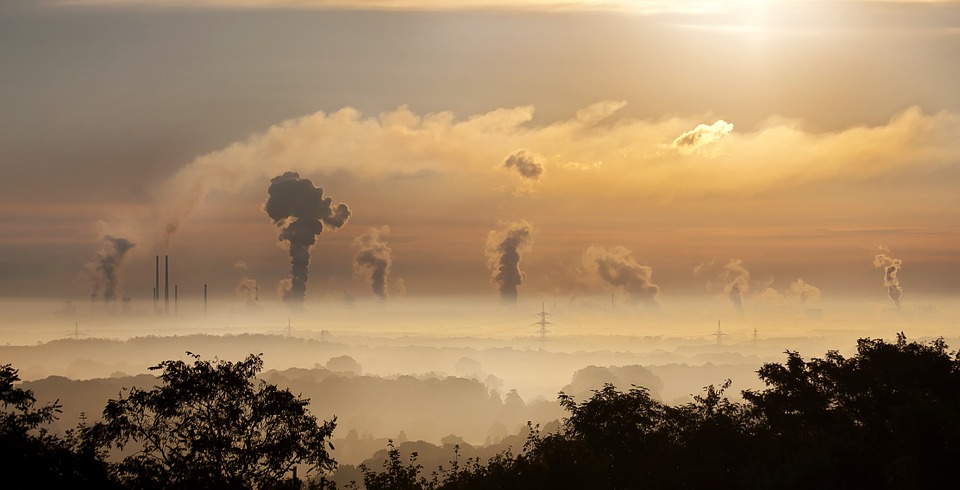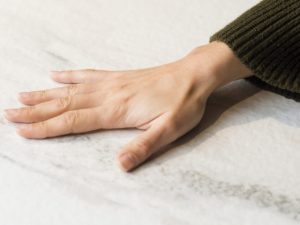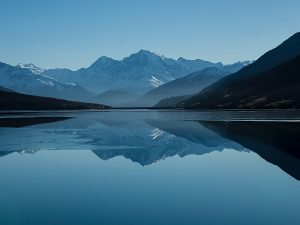More than half of the world’spopulatin now lives in cities. To manage urban growth we need to create compact cities, driven by good design, social inclusion and environmental responsability. (…) Create a mix: compact cities mix uses, and mix people from all backgrounds, avoiding ghettos of privilege or poverty. Value public space: from park to pavement, public space is the heart of the city, providing a place for civic life and for the meeting of people. Re-use land: building only on previously developed land protects green space, prevents car-based sprawl and drives higher density. Lord Richard Rogers, Un posto per tutti, 2018.

In June 2019, a new area of High Line Park was opened on the West Side of Manhattan in New York. The linear park was built from 2009 on an abandoned railroad line. TheSpur, designed by DillerScofidio + Renfro with PietOudolf and James Corner Field Operations, consolidates the strength of this urban space by enriching the park with a large panoramic plaza and a space where public, artistic and cultural events can take place. The charm of the industrial ruins and the plants that grew there after many years of abandonment is preserved.
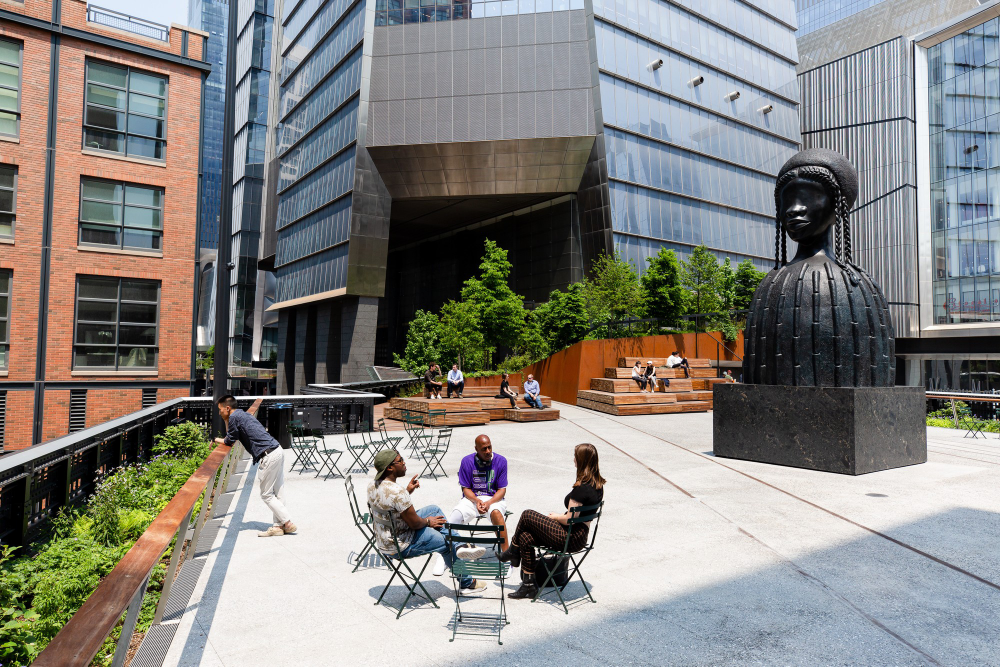
…”This linear path has become the generator of a series of new buildings. The High line is important because it completely embodies the spirit of the architecture of the new century, that is, an architecture that must be based on the recycling of existing elements, on the importance of public space and of the places created so that people can meet, exchange and build together. The sense of civic space is important for our cities”… Arch. PippoCiorra, Curator of the Museum of the Arts of the 21st Century (MAXXI), Rome. Video Architecture n1 #iorestoacasaconilmaxxi, March 13, 2020.
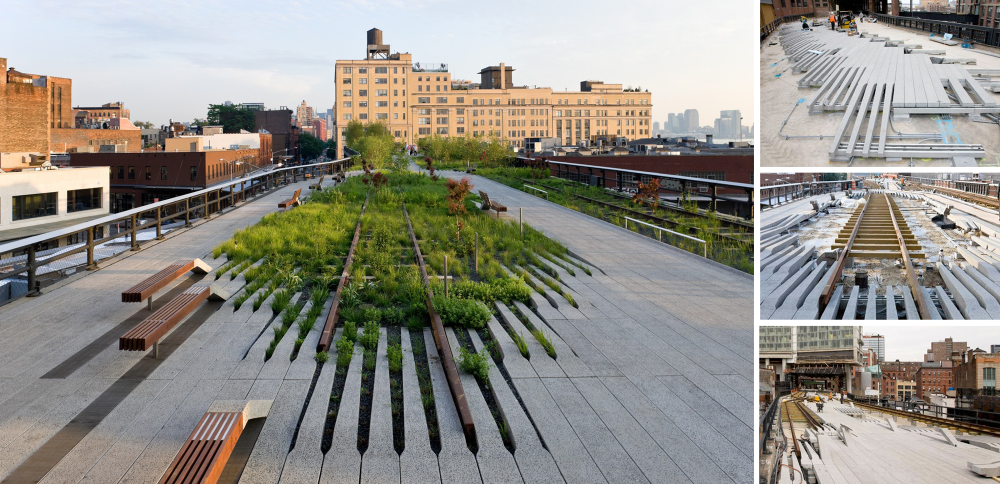
Designboom website
The authors of the project talk about agriculture: the entire pavement of the High Line park is made up of cement areas and green areas that are perfectly integrated with each other. The system is made of prefabricated concrete planks that end in conical shapes and seem to dissolve into the green surfaces.
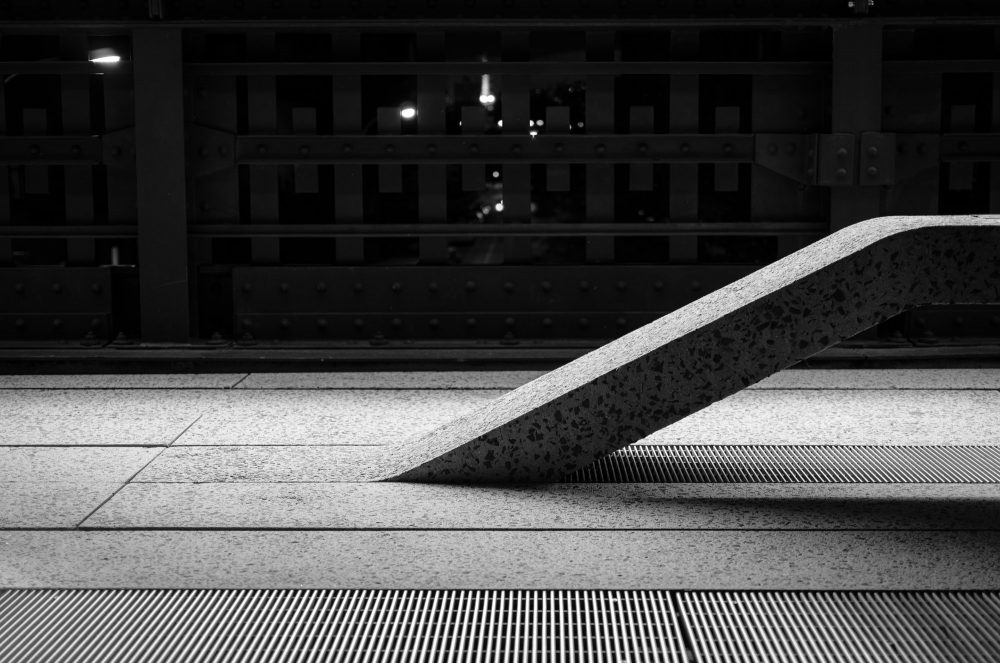
The choice of cement is inspired by the original pavement of the site and allows the integration of some elements of urban furniture.
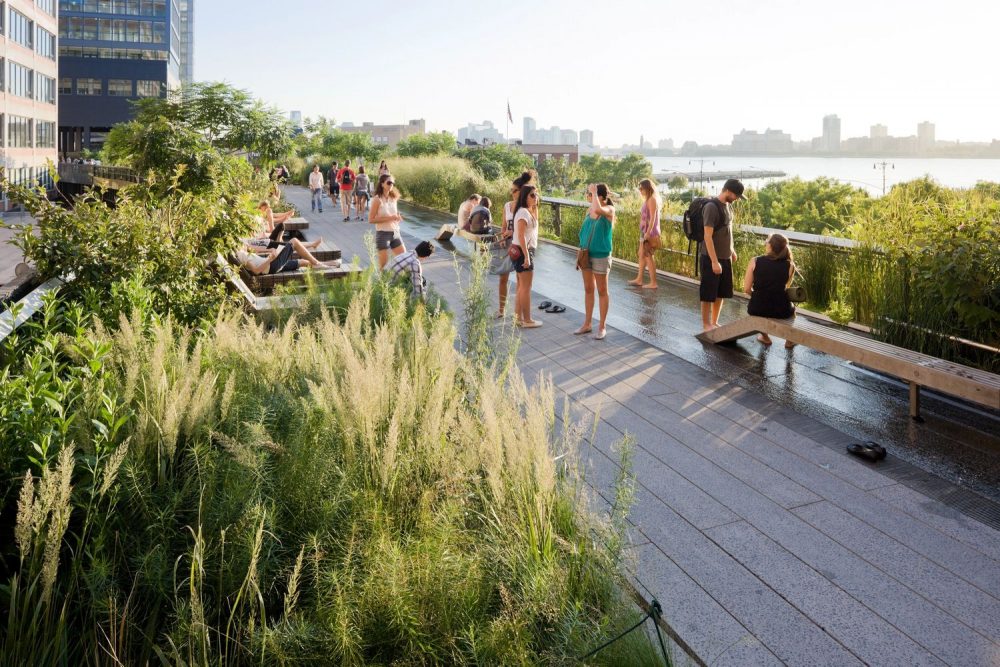
This approach makes the natural coexist with the artificial and the industrial and is without a doubt a precedent for those involved in the design of urban spaces.



